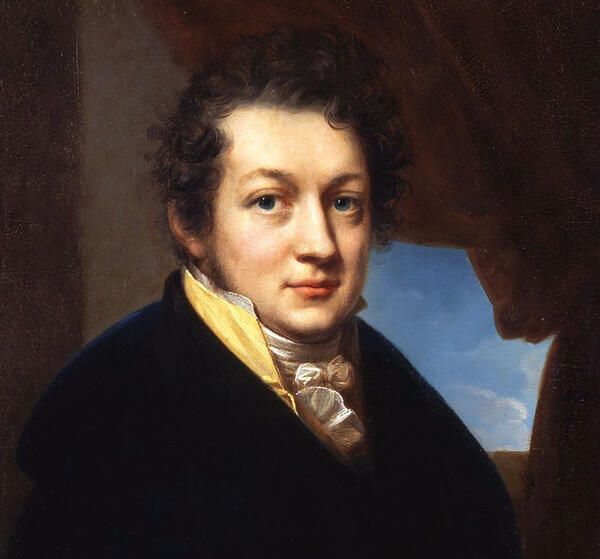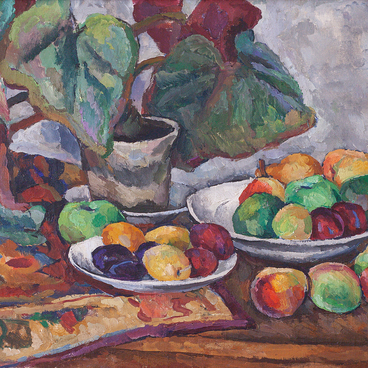The portrait of Alexander Beck, an Active State Councilor, was transferred to the Tomsk Museum in 1929 from the State Museum Fund. Paintings from the collection of the Beck family were requisitioned from their Ashitkovo estate near Moscow after the revolution in 1918.
The author of the canvas is unknown. In 1851, Nadezhda Beck exhibited a portrait of her husband Alexander Beck at an art exhibition of rare paintings held in the halls of the Imperial Academy of Arts. According to her, it was made by an artist ‘Zhakson’. Art historians believe that the portrait could have been painted by the British portraitist John Jackson when the Becks went abroad. Later, their Ashitkovo estate near Moscow and a collection of paintings were inherited by the Becks’ eldest granddaughter Maria (her married title — Countess Lamsdorff).
Very little is known about the Becks. Historian and collector Count Sergei Sheremetev believed that the surname Beck “is foreign, however, Beck definitely thought in Russian and he himself felt Russian”. The father of the portrait’s hero was Ivan (Johann) Beck. He was a court physician of Paul I and obstetrician of Catherine II, for which he received lands in different governorates.
In the first half of the 19th century, Alexander Beck served in the secret department of the Collegium of Foreign Affairs, that is, he was engaged in political intelligence activities. It was the only institution that was subordinate not to the Senate, but to the emperor himself. In 1822, Beck received one of the highest ranks in the Russian Empire — an Active State Councilor. Such ranks were granted to governors, directors of departments, mayors.
The canvas is painted in the style of Romanticism, like most portraits of that time. Romanticism originated in Germany at the end of the 18th century, whereas the beginning of the 19th century is considered its golden age. Followers of this artistic movement opposed the excessive rationality of their predecessors, the Classicists. The Romantics stopped making ceremonial portraits, instead they sought to emphasize the individuality of each character. Portraits began to express a person’s mood, rather than presented one’s external features and status.
Beck is depicted against the background of a window that is draped with a heavy curtain. Behind him one can see bright blue sky. The artist painted curls, facial features, and shoulders using smooth rounded lines and repeated their soft contours in the details of clothing. He used pastel shades of brown for the background.
Alexander Beck’s son, Ivan, was known as a poet-translator. His portrait is housed in the Radishchev Art Museum. Ivan Beck was married to Maria Stolypina. The portraits of his wife, which were painted by Karl Bryullov and Nikolay Orlov, are displayed in the Tretyakov Gallery.



